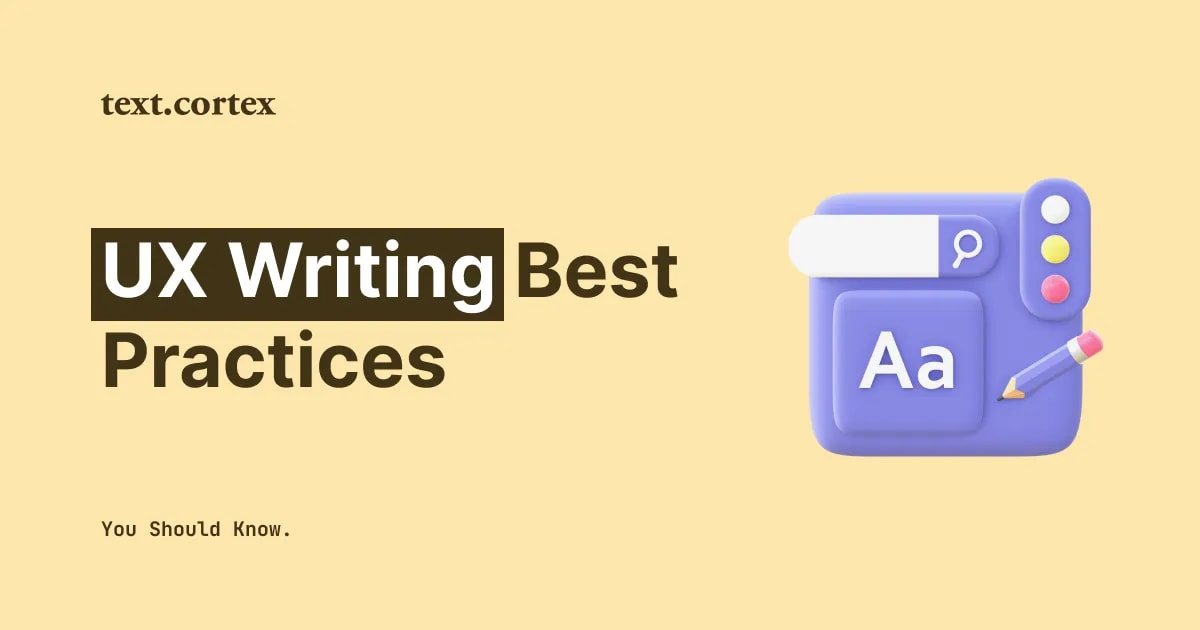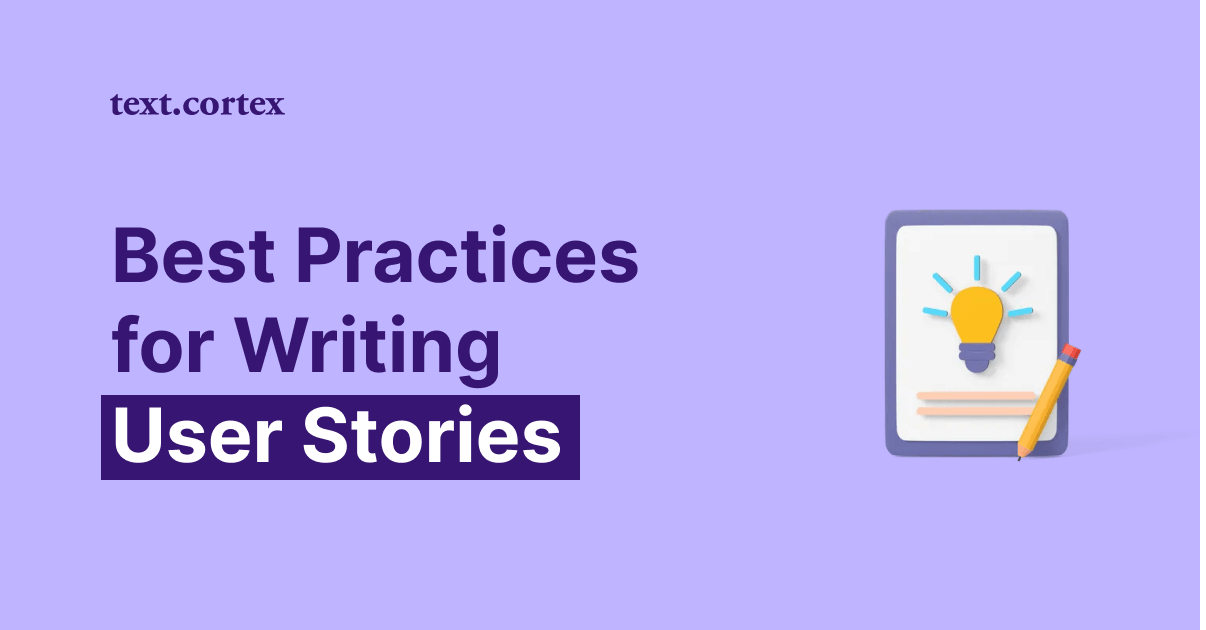In your perspective, what sets digital content apart?
It's all about personalization.
Thus, tailoring your content to match the content type, your audience, and your ultimate goals is crucial for achieving the best results.

Today, thanks to AI, achieving this level of personalization has become easier than ever.
However, you need more than just AI's power to deliver the content you need.
Understanding the fundamental elements that lead to content your readers find relevant is vital.
This article will dive into 13 effective ways to leverage AI and scale up your content personalization efforts.
It's a surefire way to put you on the path to success.
Let’s dive in!
What is Content Personalization?
Content personalization is a content marketing strategy that customizes content to individual or group preferences, behaviors, and demographics.
Marketers can analyze data from website visits, social interactions, and more by dividing the audience into segments based on various criteria like age, location, and interests to understand each segment's preferences.
Why is this relevant?
This data-driven approach allows for dynamic content changes in real-time, such as adjusting website content, emails, or product recommendations.
You've seen this behavior in your Google search, for instance.
Recommendation engines suggest products or content based on a user's past behavior, and behavioral triggers automate messages according to user actions.
Another good example are personalized emails.
Successful marketers almost always tailor campaigns to their targeted audience, creating a more engaging and relevant experience.
Moreover, the content's language, tone, and style can be adjusted to better connect with different audience segments.
Content Personalization Key Elements
We can confidently conclude that content personalization aims to:
✔️ Enhance user engagement,
✔️ Boost conversion rates
✔️ Improve the overall user experience
Ultimately, it's a strategy that strengthens connections with the audience and drives better marketing and sales outcomes.
Here are the key elements of content personalization:
- Audience Segmentation — Dividing an audience into distinct groups based on demographics and behavior.
- Data Analysis — Collecting data from website visits social media interactions, and email engagement helps understand preferences and behavior.
- Dynamic Content — Real-time modification of website content and marketing materials to match specific segment's interests and needs.
- Recommendation Engines — Using algorithms to suggest products, articles, or content that align with a user's past behavior and interests.
- Behavioral Triggers — Sending automated messages based on user actions, such as abandoned cart reminders.
- Personalized Email Marketing — Creating email campaigns with content and product recommendations tailored to each recipient.
- Content Tailoring — Adjusting the language, tone, and style of content to resonate with different audience segments.
How Can AI Help You Personalize Your Content?
AI can process extensive amounts of user data to identify patterns and preferences in user behavior.
Here’s how it looks in three steps:
1. It begins by collecting data from various sources, including website interactions, social media activity, and past user behavior.
2. Next, AI algorithms analyze this data to segment audiences based on shared characteristics.
3. Finally, AI-driven systems dynamically adjust content, such as website displays, email recommendations, and product suggestions, to align with reader's preferences better.
Remember that everything about content personalization evolves around how relevant your content is to your audience.
13 Ways to Scale Content Personalization With AI
Here's a step-by-step guide on how to scale content personalization with AI in 13 simple steps.
1. Define Your Personalization Goals
To define your personalization goals for creating more tailored content, start by identifying the specific objectives you want to achieve.
For instance, your goal could be to increase e-commerce sales.
Next, set measurable key performance indicators (KPIs) to gauge your progress, such as aiming for a 20% boost in online sales within six months.
Finally, establish a clear timeframe for achieving your goal, outlining the steps and strategies, such as implementing AI-driven product recommendations and personalized email campaigns, to reach your target within the specified time frame.
2. Collect Data
Collecting data for personalized content begins with identifying the data types relevant to your audience and goals.
For example, if you're an e-commerce business, you might gather data on customer purchase history, browsing behavior, and demographic information.
Next, implement tracking tools and analytics platforms to collect this data consistently.
You can gather valuable insights using website cookies, email engagement tracking, and social media analytics.
Google Analytics is an excellent way to start — it is free and provides relevant information.
The more data you have, the more personalized your content can be.
3. Choose the Right AI Tools
To choose the right AI tools for personalized content, start by identifying your specific needs and goals, such as recommending tailored articles on an online news platform.
Then, research and evaluate AI tools that align with these objectives, considering factors like compatibility, scalability, and integration ease.
Select the AI tool that best matches your requirements, enabling you to deliver more personalized content experiences, such as recommending articles based on user interests. These tools may include content recommendation engines, chatbots, or marketing automation systems.
4. Implement Machine Learning Algorithms
To employ machine learning algorithms for personalized content, start by choosing a machine learning algorithm that fits your needs.
For instance, an e-commerce site could use collaborative filtering or deep learning models.
Train the selected algorithm using historical data to teach it how to make personalized content recommendations.
This could involve suggesting products similar to what a user has previously viewed or purchased.
Finally, integrate the trained model into your platform to automate delivering tailored content, enhancing user engagement and satisfaction.
5. Segment Your Audience
Segmenting your audience for personalized content involves several steps to deliver more targeted and relevant content experiences.
What are your audiences’ characteristics? This includes age, location, shopping history, and style preferences.
For example, an online fashion retailer may use this data to create segments such as "young urban professionals" and "fashion-forward teens."
Next step is to identify common traits or patterns within your audience data that allow you to define these distinct segments
Once segmented, tailor your content to resonate with the specific characteristics and preferences of each audience group.
For instance, you can showcase formal attire and business accessories to the "young urban professionals" segment and highlight trendy casual wear for the "fashion-forward teens."
This segmentation approach ensures that your content speaks directly to the interests and needs of each audience, enhancing their engagement and satisfaction.
6. Create Dynamic Content
Creating dynamic content for personalized experiences starts by identifying the data and criteria that determine how content should change based on user preferences or behavior.
For example, an online news site may use a user's location and interests to customize content.
Next, implement a content management system (CMS) or marketing automation platform that supports dynamic content creation.
In the case of the news site, this would allow content creators to tag articles with location and topic tags.
When a user interacts with your platform, the CMS uses their data in real-time to select and display relevant content.
For instance, a user in New York interested in technology would see tech-related news specific to their location, creating a highly personalized and engaging content experience tailored to their interests.
7. Real-time Personalization
Real-time personalization for content involves continuously analyzing user behavior and instantly delivering tailored content.
Begin by implementing tracking tools like cookies and analytics to collect data on user preferences, interactions, and browsing history.
For instance, an e-commerce platform may monitor clicks, searches, and shopping cart activity.
Next, employ machine learning algorithms that process this data in real-time to provide content recommendations.
For example, a recommendation algorithm can suggest products similar to what a user recently viewed or added to their cart.
Integrate these algorithms into your website or app to dynamically adjust content elements, such as product recommendations and personalized offers, as users navigate your platform. This real-time personalization enhances user engagement and boosts conversion rates, providing a seamless and individualized experience.
8. A/B Testing
To continuously improve personalized content, utilize A/B testing to identify the most effective strategies in achieving your goals.
Start by selecting a specific element of your content to test, such as headlines, call-to-actions, or product recommendations.
For example, an e-commerce site may test different product images for the same item.
Create multiple versions of the content with the varying elements to be tested.
In the e-commerce case, you could design two product pages with different product images.
Implement the A/B test by randomly presenting each version to different audience segments, and then track user interactions and conversions.
After gathering sufficient data, analyze the results to determine which content version yields better engagement, click-through rates, or conversions.
This data-driven approach allows you to refine and optimize your personalized content for a more tailored and effective user experience.
9. Optimize Recommendations
To optimize content recommendations for a more personalized experience, you can leverage AI and machine learning models that adapt to evolving user preferences.
Begin by collecting and analyzing user data, including browsing behavior and purchase history. For instance, a streaming service may track the genres a user frequently watches.
Next, apply machine learning algorithms to process this data and generate precise content recommendations.
In the streaming service example, these algorithms could factor in a user's viewing habits and preferences to suggest movies or shows likely to align with their tastes.
Continuously monitor user interactions and gather feedback to refine and fine-tune the recommendation algorithms over time.
This iterative approach improves the quality of personalized recommendations, ensuring that users receive content tailored to their interests and preferences.
This further leads to enhanced satisfaction and engagement.
10. Privacy and Data Security
Ensuring compliance with data protection regulations like GDPR or CCPA is essential when implementing personalized content strategies.
Begin by transparently communicating data collection practices to users and obtaining their consent for data usage.
For instance, an e-commerce site should have a clear privacy policy explaining how user data will be used for personalization.
Implement robust security measures like encryption and secure server storage to safeguard user data.
Conduct regular audits of data handling practices to identify and address potential vulnerabilities.
In the context of e-commerce, data breaches could lead to the compromise of sensitive customer information, damaging trust and the brand's reputation.
Prioritizing privacy and data security demonstrates responsible handling of users' personal information, building trust and confidence in your personalized content strategies.
11. Monitor and Analyze
Regularly monitoring the performance of your personalized content is vital for its effectiveness. Begin by implementing tracking tools to collect user data, including website interactions, preferences, and behaviors.
For instance, an online news platform may track which articles a user reads and how often.
Utilize analytics tools to process this data and gain insights into user patterns and preferences. In the news platform example, analytics might reveal that a user frequently reads tech-related articles.
Google Analytics can also help with this. However, if you are looking for other solutions, Mixpanel is an excellent tracking software choice.
Continuously assess the performance of your personalized content by measuring key metrics such as click-through rates, conversion rates, and user engagement.
For instance, if personalized tech articles consistently achieve higher click-through rates than other topics, adjust your content strategy to prioritize tech-related content.
By regularly monitoring and analyzing user data and content performance, you can refine your personalized content strategy to align more effectively with user interests and achieve your content goals.
12. Iterate and Improve
Personalization is an ongoing process that requires continuous analysis, user feedback, and refinement of strategies to achieve improvement.
Begin by regularly reviewing user data and feedback to pinpoint areas for enhancement.
For instance, an e-commerce site might observe a decline in conversion rates for specific product recommendations.
Next, apply data-driven adjustments to your content personalization strategies.
In the e-commerce context, you could fine-tune recommendation algorithms to better align with users' preferences or experiment with different product images to optimize click-through rates.
Implement A/B tests and experimentation methods to assess the effectiveness of these improvements.
For example, you might run two variations of a personalized email campaign to determine which one yields higher engagement.
Consistently iterate and refine your personalized content strategies based on test results and user feedback, striving to provide an increasingly tailored and gratifying user experience.
13. Scale Gradually
Scaling personalized content gradually is crucial for a smooth and effective implementation. Start by focusing on a specific content area or audience segment.
For example, an online retailer might initiate personalization efforts by customizing product recommendations within the electronics category.
Implement personalized content strategies tailored to this specific area, utilizing AI algorithms or user data analysis.
In the retailer's case, recommendation algorithms could suggest electronics products based on users' browsing history.
Continuously monitor the performance of your personalized content in this specific area, tracking essential metrics like conversion rates and user engagement.
After achieving success in this targeted space, gradually extend your personalization efforts to other content areas or audience segments.
This controlled scaling approach ensures a seamless and efficient expansion aligned with your objectives and available resources.
Scale Content Personalzation Using TextCortex
By following these steps and harnessing the power of AI technology, you can effectively expand your content personalization efforts.
This will give your audience customized experiences that boost engagement and drive business growth.
However, it's important to recognize that these 13 steps, while seeming straightforward, represent an ongoing process.
It demands that you stay consistently informed, keep up with current trends, analyze market dynamics, and cater to your audience's evolving needs.
All of this while producing personalized content aligned with your goals.
Among these steps, generating unique and dynamic content tailored to your segmented audience can be the most time-consuming.
The good news is that it doesn't have to be, especially when you can access AI solutions that significantly reduce the time required for content creation.
We encourage you to consider TextCortex AI, one of today's leading AI writing solutions.
It can streamline your content creation process and make personalized content production more efficient.
What is TextCortex?
TextCortex emerges as a game-changing tool for content creators seeking to revolutionize their approach.
One of its standout features is its ability to seamlessly integrate web sources into the content generation process, ushering dynamically and efficiently to craft responses.
This unique feature empowers users to engage in real-time research while conversing, swiftly accessing accurate answers to their inquiries.
It accelerates the research phase and conveniently provides sources for the data used in the generated content, expediting the overall process.
How to Use TextCortex ZenoChat?
Using ZenoChat is a breeze.
You simply formulate your prompt, select a persona that suits your content style, and activate the web search option.
This feature alone makes it an indispensable tool for researchers and writers.
Moreover, ZenoChat's capabilities extend beyond language barriers.
With proficiency across more than 25 languages, it offers various functions, from content rewriting and contextual rephrasing to content summarization and tone modification.
It even handles bulk translation, grammar and spelling checks, and content readability verification.
Its ability to generate personalized responses and transform concise ideas into compelling articles truly sets it apart.
With access to over 60 AI templates, it offers unmatched versatility in tailoring content for various forms and purposes.
To top it off, TextCortex's AI solution seamlessly integrates with over 2000 popular platforms.
This means you can infuse a conversational approach into your research and writing tasks across various applications, enhancing your productivity and convenience.
Besides, with its API capabilities, you can automate most of your content creation processes.
So, why wait?
Sign up today to take your content creation to the next level using TextCortex.
It's the key to unlocking new possibilities, supercharging your writing process, and redefining your approach to content creation. 🚀




